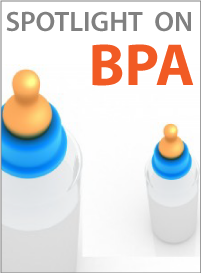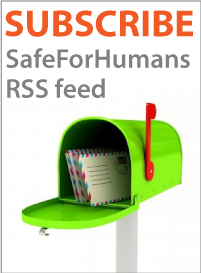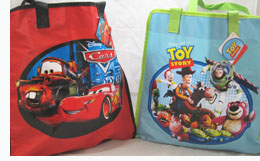Why are toxic materials used in consumer products?
 Wednesday, April 27, 2011 at 03:35PM
Wednesday, April 27, 2011 at 03:35PM The Tampa Tribune explains why lead makes it into our consumer products. In particular they tested reusable grocery bags and discovered that the lead content was likely due to shoddy oversight of subcontractors who use it for making pigments look more vibrant.
Besides causing learning disabilities in children, the toxic chemical lead is especially good at making green inks look greener and yellow inks yellower.
That's the most likely reason why recent tests commissioned by The Tampa Tribune found elevated lead levels in elaborately decorated grocery bags sold at Winn-Dixie and Publix, according to executives in the promotional merchandise manufacturing industry...
...Lead shouldn't be in paint, and there are better alternatives. But making a newly popular item like reusable bags sometimes involves a dizzying array of subcontracting and handoffs stretching around the globe. And, too often, someone, somewhere will substitute cheaper, dangerous ingredients, like lead, to support their profit margins...
 Corruption,
Corruption,  Lead,
Lead,  Shopping Bags,
Shopping Bags,  Supply Chain
Supply Chain 




